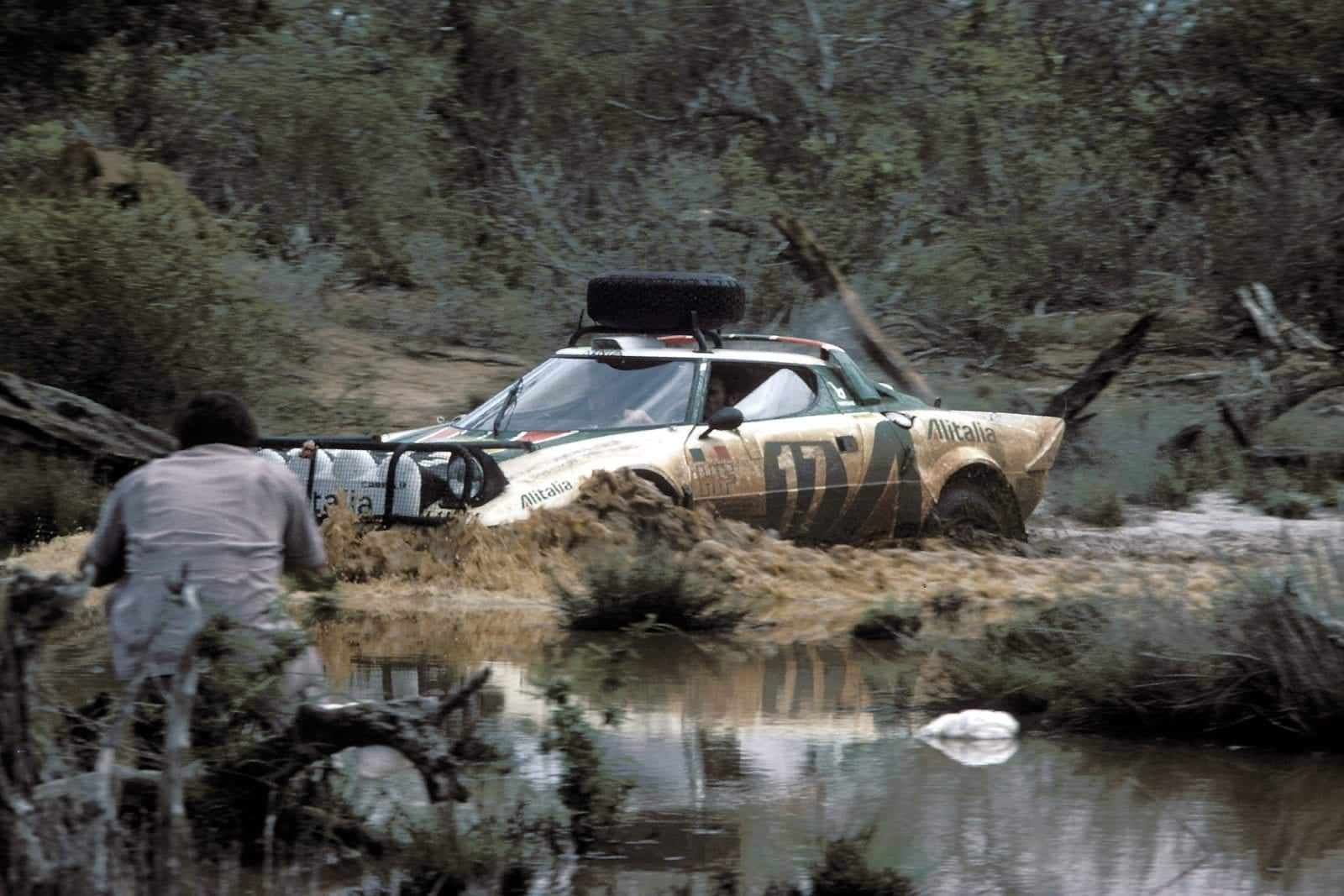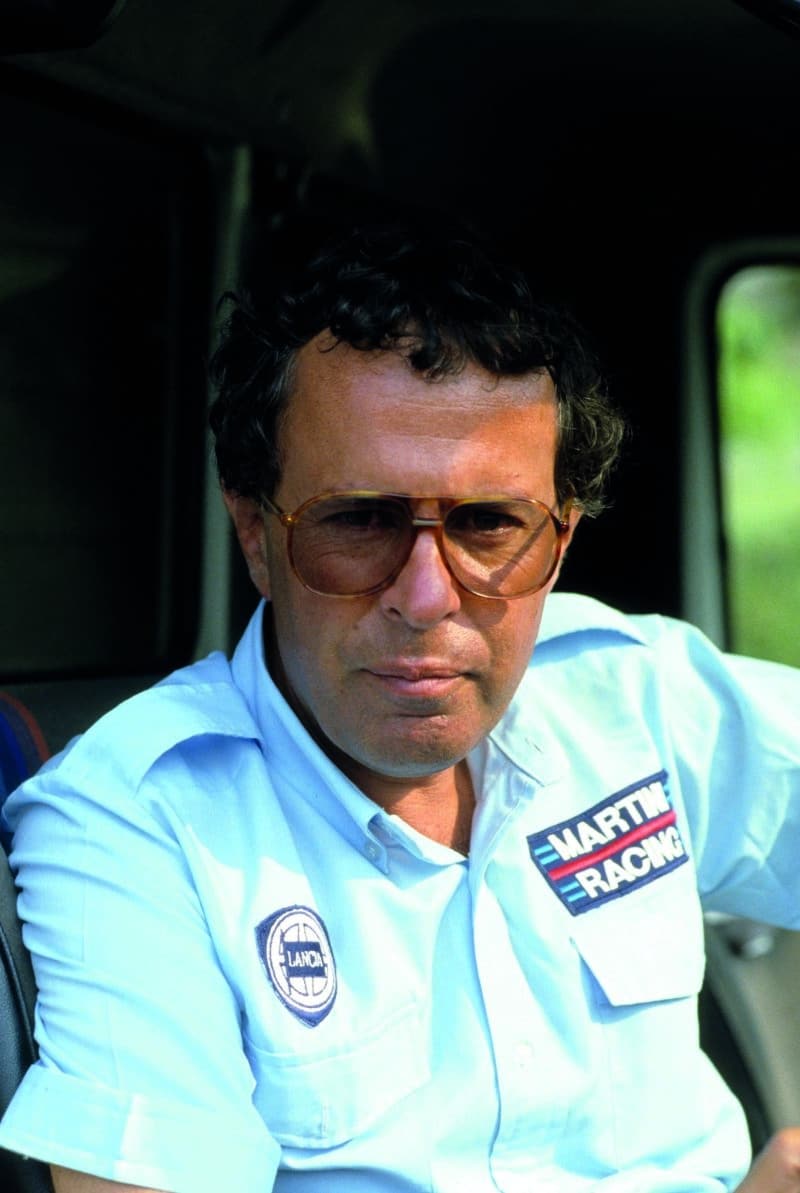
An Historic Anomaly
An Historic Anomaly As the scene involving historic racing cars has been the subject of so much comment in various motoring journals recently, could I introduce another element into this…

Despite success, Stratos was canned for the 131
If it were possible to bottle whatever Cesare Fiorio is made of, you’d be able to name your price. He is one of the great figureheads of motor sport.
Fiorio single-handedly steered Lancia from underdog to top dog during its most successful period in racing. Fiorio, against resistance from senior Fiat Group members, took Lancia to a total of 10 World Rally Championship manufacturer crowns, as well as three World Sportscar titles.
The opposition wasn’t only inside Fiorio’s organisation. Lancia conquered the greats: Alpine, Audi, BMW, Ford and Porsche, and it all started with the car he is most proud of: the Stratos.
“Fiat fired Fiorio and swiftly changed its mind”
“The Stratos has great appeal,” Fiorio says, “it won three World Championships, one after the other. It’s special.”
His career began with the founding of the HF Squadra Corse in 1963, and in 1965 Lancia had brought the team in-house. Then Fiat arrived on the scene, fired Fiorio and changed its mind within a week after he pointed out that every potential replacement could not match him. So, Fiat charged him with running Lancia, Fiat and Abarth in motor sport.
Arguably the most significant turning point was the creation of the Stratos, the car that broke the mould. Fiorio commissioned it to replace the Fulvia.
“Our competitors at that time were Alpine-Renault and the Porsche 911, and we needed something that would be competitive everywhere, on the Tarmac, snow, mud. So we looked at the regulations and made a car that was at the limit.
“It was a very big effort to make the Stratos. Many people, directors of the Fiat Group, didn’t want me to make the Stratos. So I had to fight! I went to get the engine from Enzo Ferrari, and he appreciated what we were doing. He said, ‘Okay, if you want my engine, I’ll give you my engine,’ it was the first time he gave his engine to somebody else.”
Sticklers will point out it’s not strictly true, as The Old Man had struck a deal with Fiat to build the Dino Coupé to homologate the Ferrari V6 for Formula 2. Lancia would go on to use a Ferrari V8 for its short-lived Group C programme.

Fiorio defeated Porsche and Audi in his Lancia days
The Stratos project showcased Fiorio’s political and managerial skills at their very best. After convincing Ferrari, he recruited designer Marcello Gandini, Giampaolo Dallara, of Lamborghini, and driver Mike Parkes, who Fiorio speaks highly of.
“My idea was to select the best talent I could have; in drivers, engineers, and mechanics,” says Fiorio. It was an approach that took Lancia to World Sportscar success and record-breaking WRC results. Despite Fiorio arguing that the Stratos could have taken two further world titles, he says Fiat gave the order to switch to the 131 to boost its image. A further three titles would follow, but for Lancia, it was time for Group 5.
“I used Giampaolo Dallara to do this car and the LC1 that followed it. We were doing the engine in the factory, and he made the rest. We won the makes’ and drivers’ championships and were competing against maybe 40 Porsches! They had a works team and successful private teams.
“So I used all the Formula 1 drivers that I could – like Patrese, Alboreto, Nannini, Fabi – and when they arrived in the championship, they were superior.”
When I tell Fiorio of how highly Patrese spoke of him, and Lancia, he reminds me that “Patrese was doing a great job, too”. He also defends Teo Fabi, who Patrese said lost most of a 50-second lead during the final stint of the 1982 World Endurance Championship finale at Brands Hatch. Fabi was forced to race the LC1 into the night, following a restarted race, but it had no headlights. He lost time, lapping traffic that couldn’t see him, and lost the race on aggregate by a handful of seconds, costing Lancia the championship.
The LC2 followed, but by this point, Fiorio believed the best people were working on rallying, and Lancia couldn’t carry both.
By the time his attention turned back to rallying, Audi was on the scene with the Quattro, and
Lancia lacked the technology to immediately develop a four- wheel-drive machine. The answer was the 037, which learned from the Beta Montecarlo Turbo.
It beat Audi and you can still hear Fiorio’s pride. “That was one of the best results in the history of Lancia.” He confirms the rumours that Audi’s head of motor sport “threw himself under the 037” to see if it was four-wheel drive.
The Delta S4’s debut season was emotional. Henri Toivonen, “absolutely the best interpreter of the Group B cars”, was killed, and at the end of the season at Sanremo, where Lancia won, its result was controversially wiped.
“But we managed to become competitive all the same with Group A,” Fiorio adds. That’s some understatement. In the WRC, the Delta took six manufacturers’ and four drivers’ titles. He didn’t have a great deal of budget, but he knew how to spend it. Miki Biasion recalls how Fiorio would spend every penny to be leading mid- season, then ask the board for more money to secure the title. Call it bravado, but it never failed. It would then be topped up by sponsorship from Alitalia and Martini, another Fiorio initiative.
His skill at conducting Lancia was rewarded with the task of reviving the fortunes of Ferrari’s F1 team – another chapter in the remarkable story of Fiorio.